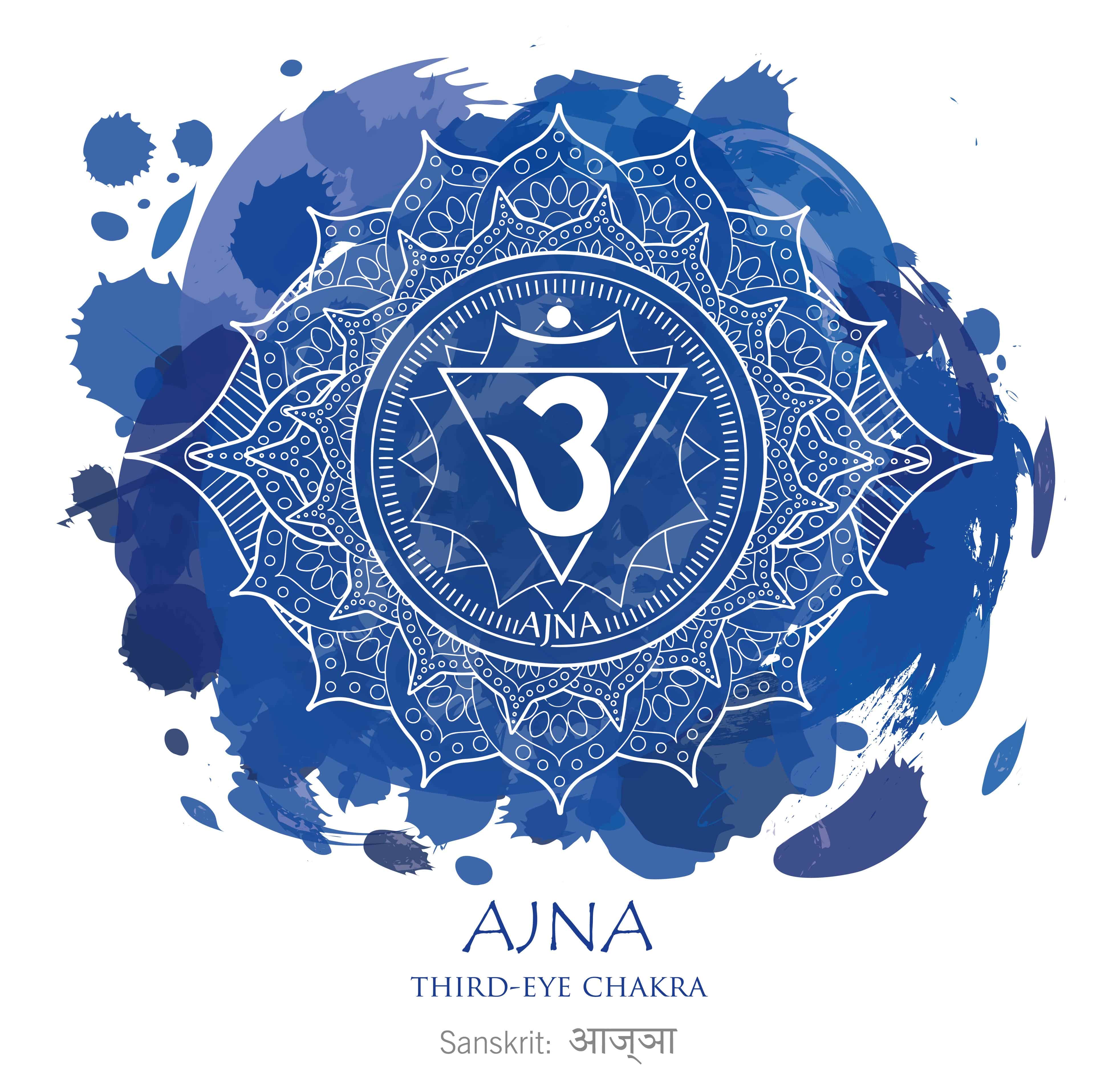
The number 6 has long been associated with many significant aspects of life. From its appearance in various cultures and religions to its presence in mathematics and science, the number 6 is a symbol of balance, harmony, and perfection. In this article, we’ll explore eight facts about the number 6 that showcase its diverse range of meanings and applications.
The Sixth Sense
The famous movie “The Sixth Sense” starring Bruce Willis is not just a catchy title. In fact, the number 6 is often associated with intuition and the ability to perceive beyond the five physical senses. Many believe that the sixth sense is a spiritual ability that enables us to sense things without using our sight, smell, taste, touch, or hearing. This can include extrasensory perception (ESP), telepathy, clairvoyance, or precognition.
Despite the lack of scientific evidence, the concept of the sixth sense remains popular in pop culture, with many movies, TV shows, and books featuring characters with psychic abilities or heightened intuition. Some people also believe in the ability to develop and train one’s sixth sense through meditation, mindfulness, or spiritual practices. Whether or not the sixth sense exists, its mystery and allure continue to captivate people’s imaginations.
The Hexagon

The hexagon is a fascinating shape that has captivated people’s imaginations for centuries. It is a six-sided polygon with six angles and six vertices, and typically used in nature, art, and architecture.
One of the most famous examples of the hexagon in nature is the honeycomb. Bees use hexagonal cells to build their hives, which provides them with the most efficient use of space and the strongest structure possible. The hexagonal shape uses the least amount of material while still maintaining the necessary strength and durability.
In architecture, the hexagon often stands out as a structural element, such as in the construction of domes and towers. The hexagon’s ability to distribute weight evenly and provide a strong support structure makes it a popular choice for architects and engineers. Many well-known companies, such as Honeywell and Mitsubishi, use the hexagon shape in their logos.
The Six Degrees of Separation
The concept of “six degrees of separation” suggests that any two people in the world are connected through a chain of no more than six acquaintances. This theory was first proposed by Hungarian author Frigyes Karinthy in 1929. Later on, it gained popularity and drew interest from both sociologists and mathematicians.
Even Hollywood movies use it as a plot device, such as “Six Degrees of Separation” and “The Social Network. These films explore the idea that we are all connected to one another, and our relationships with others can have a profound impact on our lives.
The theory is based on the notion that the world is becoming increasingly interconnected, thanks to advancements in technology and communication. In today’s digital age, social networking sites have made it even easier to connect with others and expand our social circles. Platforms such as Facebook, LinkedIn, and Twitter allow people to connect with others from all over the world. These platforms potentially reduce the number of degrees of separation between individuals. Furthermore, social networking, marketing, and even criminal investigations have applications in this concept.
The Sixth Element
In ancient times, there were only five elements: earth, air, water, fire, and aether. However, in the 17th century, the concept of elements began to take on a more scientific and systematic approach. At this time, alchemists were trying to transform different materials into gold, and their experiments led to the discovery of new elements. One of these elements was originally called “phlogiston”, a substance that was released when materials burned.
In the late 18th century, French chemist Antoine Lavoisier conducted experiments that disproved the existence of phlogiston. Instead, he identified oxygen as the element responsible for burning. This discovery revolutionized the field of chemistry, and oxygen became recognized as the sixth element in the periodic table.
The Sixth Chakra

In Hinduism and Buddhism, there are seven chakras, which are energy centers in the body. The sixth chakra, also known as the third eye chakra, is located in the center of the forehead, between the eyebrows. It is associated with intuition, spiritual insight, and psychic abilities. People with an active sixth chakra may experience heightened awareness, increased intuition, and a deeper understanding of their spiritual path.
Meditation and yoga are two practices that can help activate the sixth chakra. Meditation can help individuals focus their minds and quiet their thoughts, which is essential for opening and balancing this chakra. Yoga poses that activate the third eye, such as the child’s pose and downward-facing dog, can also help stimulate this chakra.
The Sixth String
The sixth string is one of the six strings on a standard guitar, typically tuned to the note E. It is the thickest string and is located closest to the ground when playing the guitar. The sixth string is an essential component of guitar playing. It is often used to play basslines and chords in conjunction with the other strings, providing the foundation for a song’s melody. It plays an important part in a wide range of musical styles, including rock, pop, blues, and classical.
The sixth string is typically made of metal and can be subject to wear and tear over time. It may need to be replaced periodically, especially if it breaks or becomes too difficult to tune. Guitar players may choose to use different types of strings for the sixth string, such as heavier or lighter gauge strings, to achieve a particular sound or to improve playability.
The Sixth Day
The sixth day is significant in many cultures and religions as it is believed to be the day on which humans were created. In the Christian faith, the book of Genesis states that God created humans on the sixth day after creating the heavens and the earth. This day is also known as the “Day of Creation” and is celebrated in various cultures and religions.
According to the Quran, Allah created humans on the sixth day after creating the earth and the heavens. In Hinduism, the sixth day is also associated with creation as it is believed that the god Brahma created humans on this day.
Beyond its religious significance, the sixth day of the week, which is typically Friday, holds great importance in many cultures. In Islamic tradition, Friday is the holiest day of the week. It is the day Muslims gather for congregational prayers in mosques. In Judaism, the sixth day of the week is “Erev Shabbat”. This marks the beginning of the Sabbath and is a time for rest and reflection.
Finally, the sixth day of the week is significant in the modern world as it marks the end of the workweek for many people. This day also means relaxation, fun, and spending time with friends and family. Many cultures also have special celebrations and traditions that take place on the sixth day of the week.
The Sixth Hour
In ancient Rome, the sixth hour is called “Sexta. It marked the halfway point between sunrise and sunset. In Christianity, the sixth hour is associated with the crucifixion of Jesus Christ. According to the New Testament, Jesus was crucified in the third hour of the day. He died at the ninth hour, which is around 3 pm. Thus, the sixth hour would have been a significant time during his ordeal.
In modern times, the sixth hour is around noon. This marks the midpoint of the day for those following a traditional 9–5 work schedule. This is time to take a break, have lunch, and re-energize for the rest of the workday.
In some cultures, the sixth hour corresponds to meditation and reflection. Many people will take a few minutes to pause and reflect during the sixth hour. They believe it can help improve focus and productivity for the remainder of the day.
Final Words
In conclusion, the number 6 has a rich history and is present in many aspects of our lives, from the arts and sciences to spirituality and culture. Whether you believe in its mystical powers or not, the number 6 is undoubtedly a fascinating and significant number. It continues to hold significance and intrigue for people around the world. As we continue to explore and uncover new facts about the number six, let us remember the incredible diversity and complexity of the world around us.
Was this page helpful?
Our commitment to delivering trustworthy and engaging content is at the heart of what we do. Each fact on our site is contributed by real users like you, bringing a wealth of diverse insights and information. To ensure the highest standards of accuracy and reliability, our dedicated editors meticulously review each submission. This process guarantees that the facts we share are not only fascinating but also credible. Trust in our commitment to quality and authenticity as you explore and learn with us.
